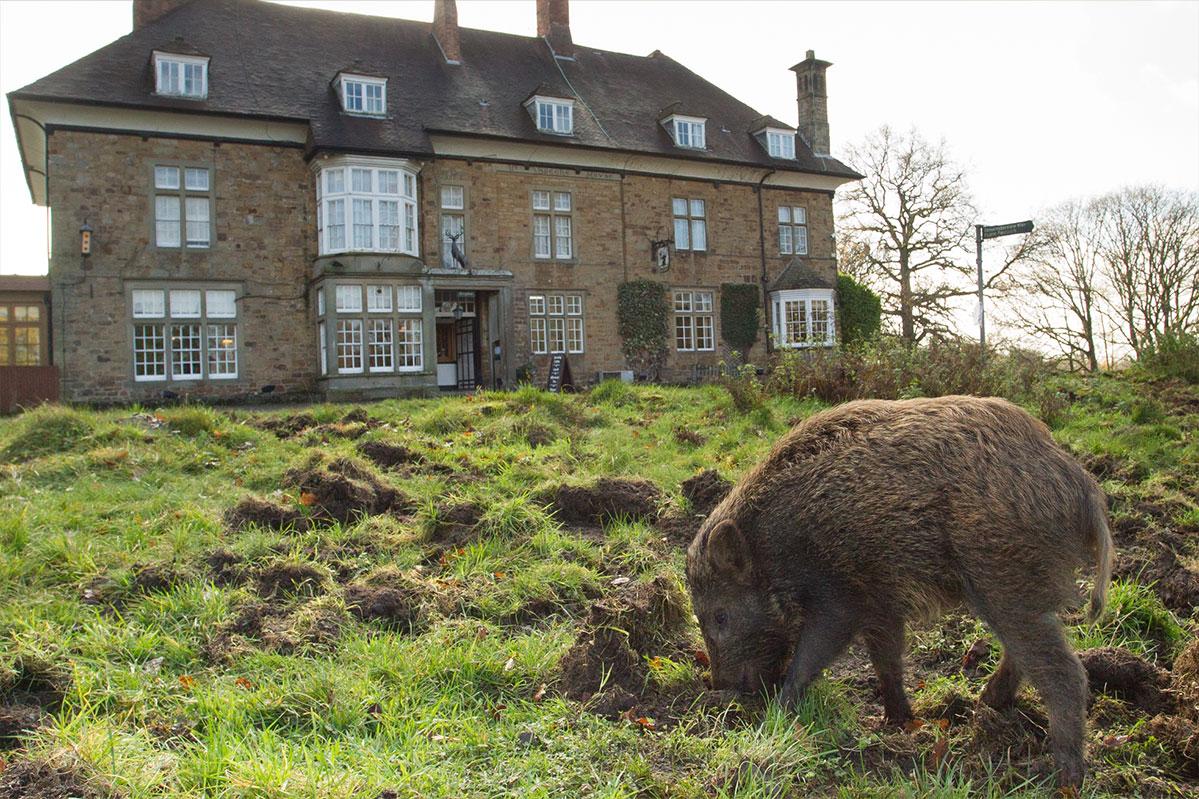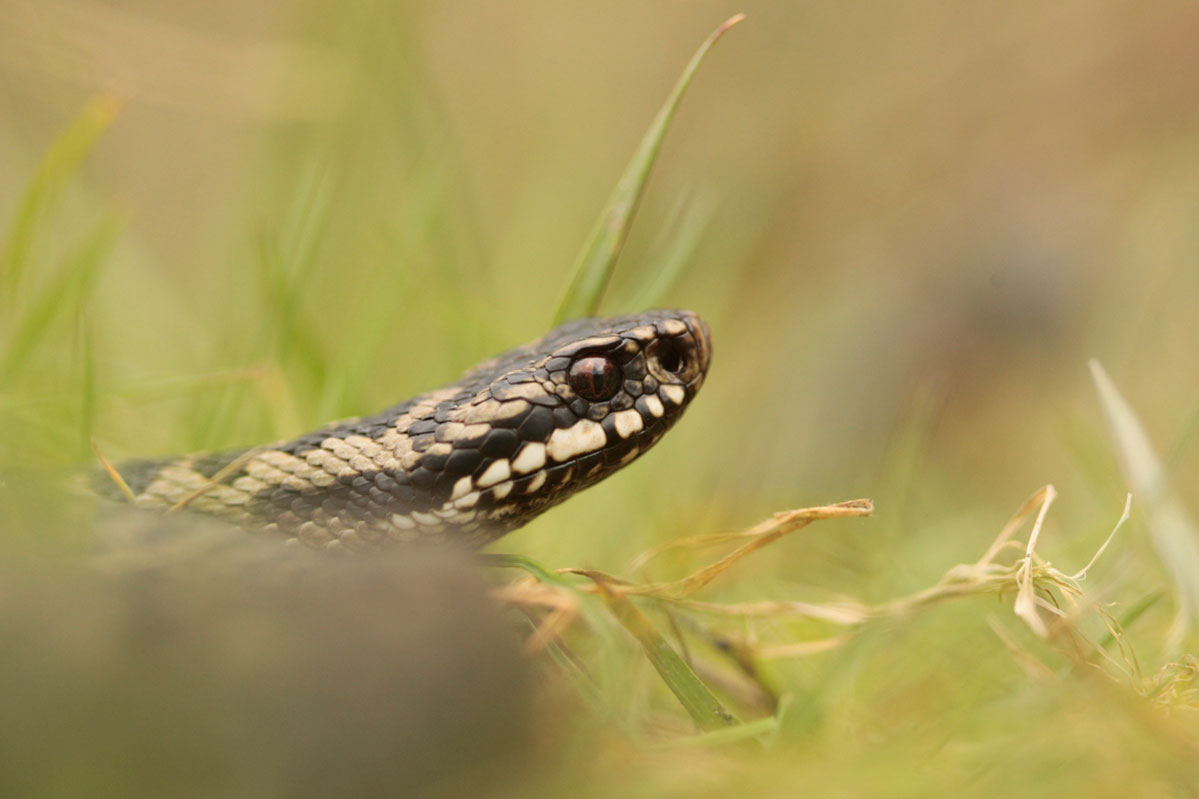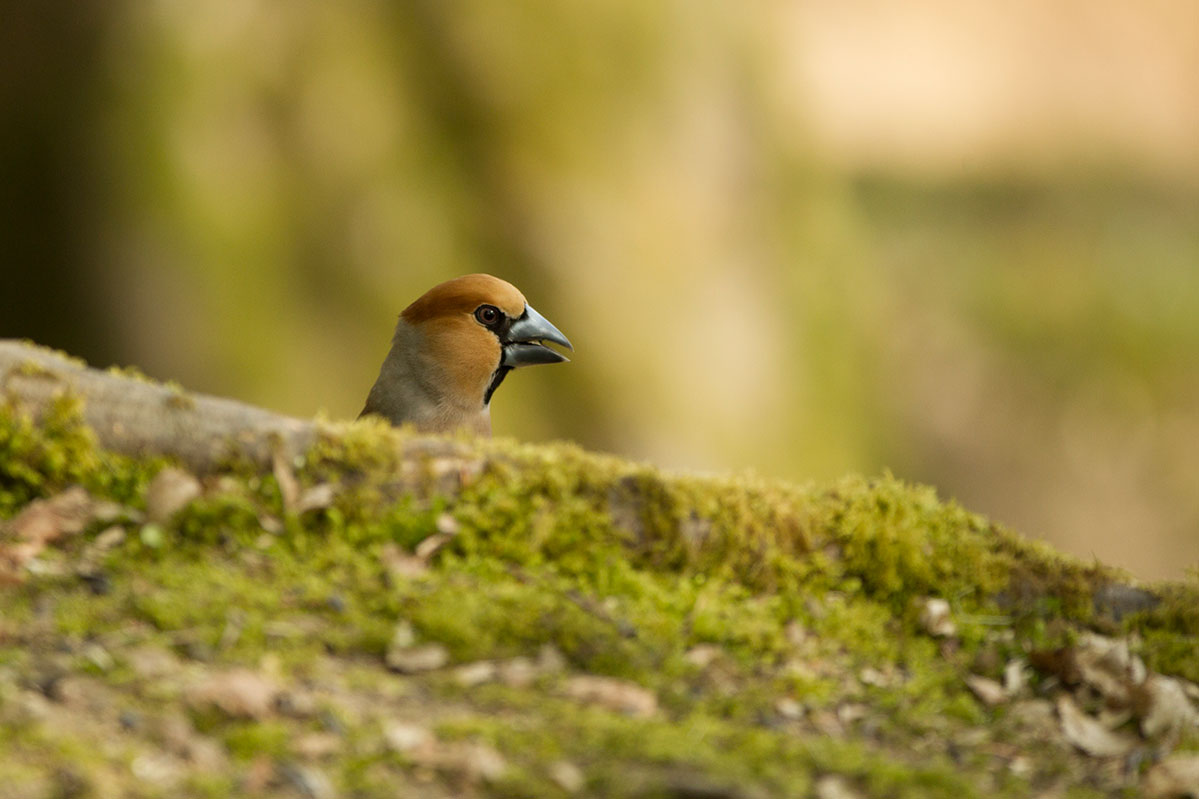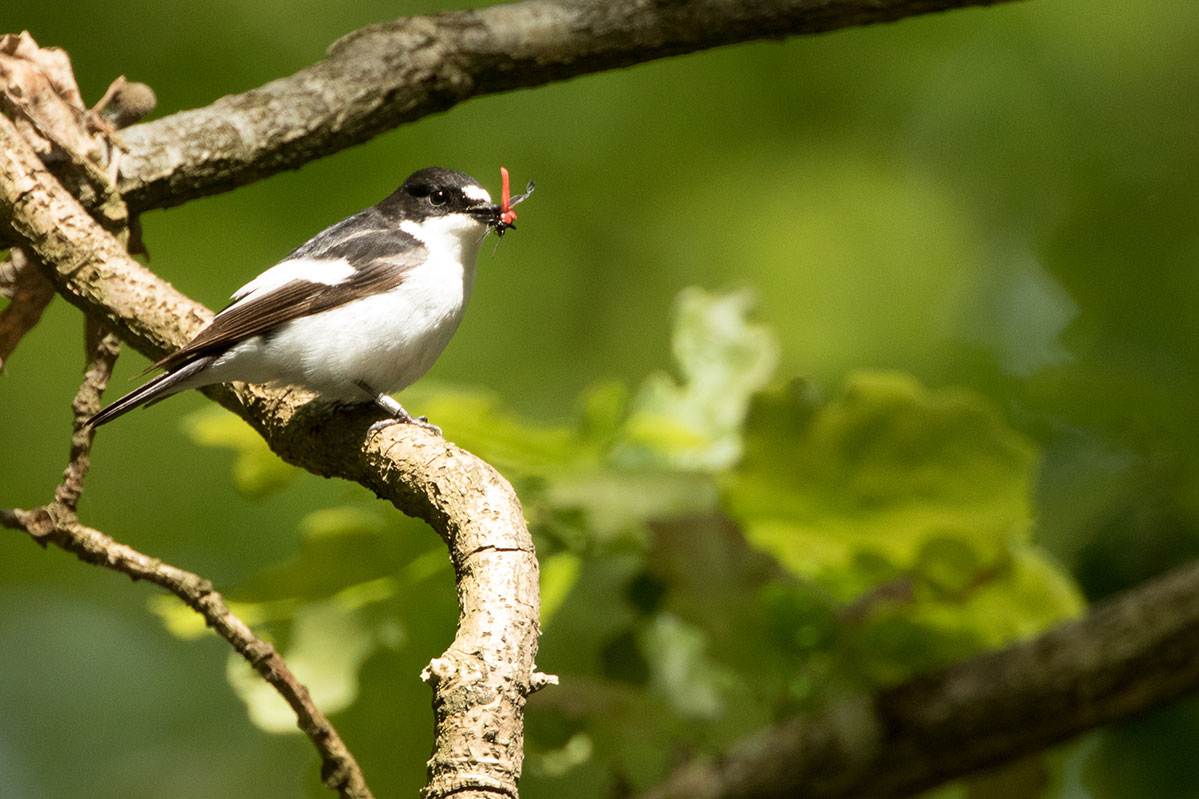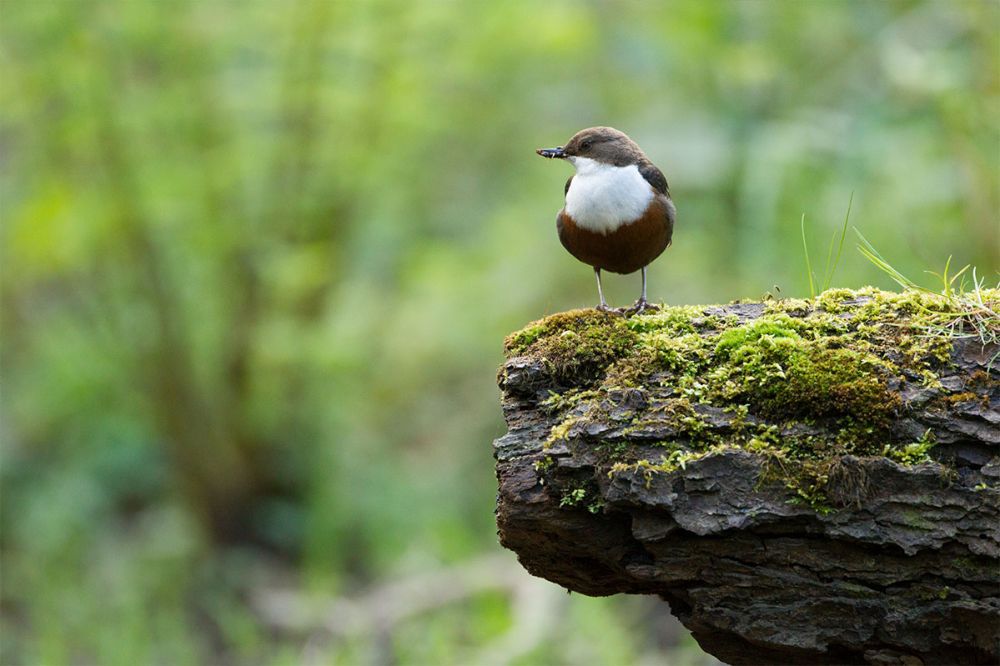
BEST PLACES TO SEE WILDLIFE IN THE FOREST OF DEAN PART ONE
A rich and diverse area, the Forest of Deans mosaic of habitats ensures spectacular opportunities to see wildlife.
The best places to see Wildlife in the Forest of Dean part one.
For many years I have been watching and photographing wildlife in the Forest of Dean having lived and worked there for the RSPB back in 2000. More recently, I have been giving illustrated talks to various groups describing the amazing variety of wildlife that thrives in the diverse habitats of the Dean. The talk is always well received and people are keen to visit and see it for themselves.
This is a very brief guide which includes the sites that I talk about in my talk and some of the species. I often visit the forest in a day as I live within a couple of hours but to do it justice it is lovely to stay in one of the many B&Bs and Hotels locally. Click forest of dean accomodation to find a list that includes The Speech House and many others that have character and are ideally placed to explore the forest.
Speech house hotel is right in the heart of the forest and a great hub from which to explore.
During the talk, we visit the feeders at Cyril Hart arboretum which is on the B4226 just East of the Speech House hotel. Here you can see many woodland birds including nuthatch, great spotted woodpecker and marsh tit. There is also a log where people feed the birds in the alternative car park at the other end of the arboretum on the B4234 and sometimes brambling can be seen in the winter.
New Fancy is at the other end of the B road running south from Speech House. The large free car park is on the left before the junction and is well signed. The viewpoint is found to the south of the car park and it accessed by a sweeping path, to the left of the path adders and common lizards sometimes bask but they can be found in any sunny spots around the area. Walking slowly and giving them plenty of space, good views can be enjoyed without disturbance. There are other woodland trails leading from here too and crossbills can be seen in the trees and sometimes coming down to puddles to drink. In the spring, there is often a tree pipit on territory by the car park and also garden warbler in the scrub by the viewpoint.
Male adders can be active from February onwards in suitable temperatures, they need to be ready for the emerging females in the spring.
Many people go to New Fancy to see Goshawk and the elevated views across the forest. Maximise chances of seeing these from February when they do their display flights over the canopy. On a warm clear day chances are good but they can be distant.
Hawfinches can be seen in various places around the forest where seed is available, they favour hornbeam so look out for the beech like leaves that are extra serrated around the edge. A reliable place is on the approach to Parkend Church, the church is on the Yorkley Road out of the village. Crossbills also sometimes come to drink from puddles in the church car park.
Hawfinch are widespread through the forest but are drawn to areas of hornbeam as they are one of very few species that can crack the seeds.
Cannop Pond is always worth a visit and can be found by parking opposite the pool on the B4234 or by accessing the main car park from the B4226. The main pool harbours the largest collection of the splendid Mandarin duck plus kingfisher, raven and many other species can be seen here too. There is a bird table on the road to the free main car park at Cannop Ponds and many regular woodland birds can be seen here. Walking south along the Cannop brook can often be rewarded with views of dipper and grey wagtail.
Dipper are also found on the brook running north from the Wenchford car park at Organs Green. This path leads to one of the best areas of beech in the forest and hence a wonderful display of bluebells in the spring. This is a lovely walk and the car park has picnic areas and loos that open during the summer months. Parking is chargeable but I think I'm right in saying that the ticket can be reused in other FC car parks on the same day.
Many of the key woodland birds including migrants pied flycatcher, wood warbler and restart are found at RSPB Nagshead and a walk around the trails in the spring will usually be productive. The benefit of this site is that there are many eyes out looking so don’t be shy and others will always be happy to share location info.
RSPB Nagshead is one of the best places to see pied flycatcher when they are breeding in spring and summer.
One of the most popular places for tourists and regulars alike is Symonds Yat Rock. The viewpoint here is spectacular with views across seven counties and the river Wye circling around below. This has been the home of nesting peregrine falcons for over 30 years and a great place to see these dashing birds of prey. The views mean that other wildlife can be seen too including marsh tit by the viewpoint, kingfisher along the river and raven which nest nearby. Symonds Yat is always worth a visit for the amazing views and the peregrines, which are usually nearby but your best chances to see them is when they are nesting between April and July.
Part two will follow soon with details of other forest specialities including the great grey shrike and of course the elusive wild boar.
